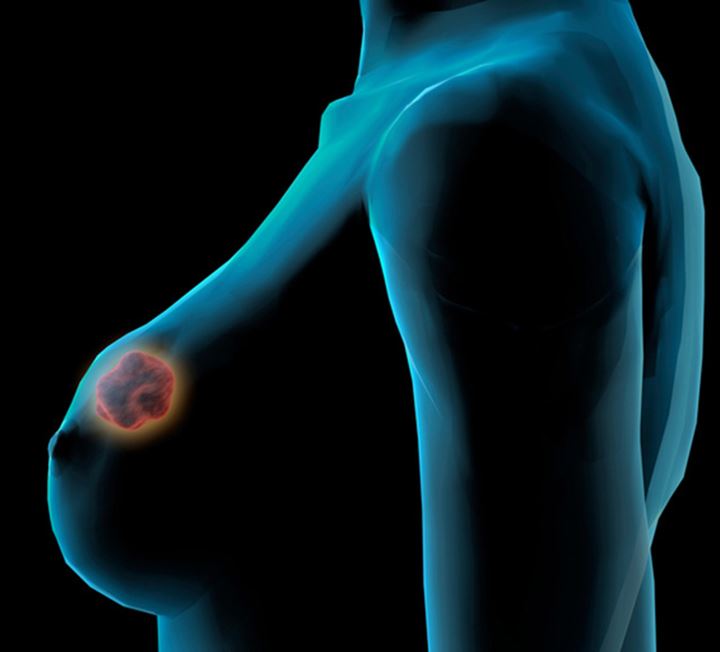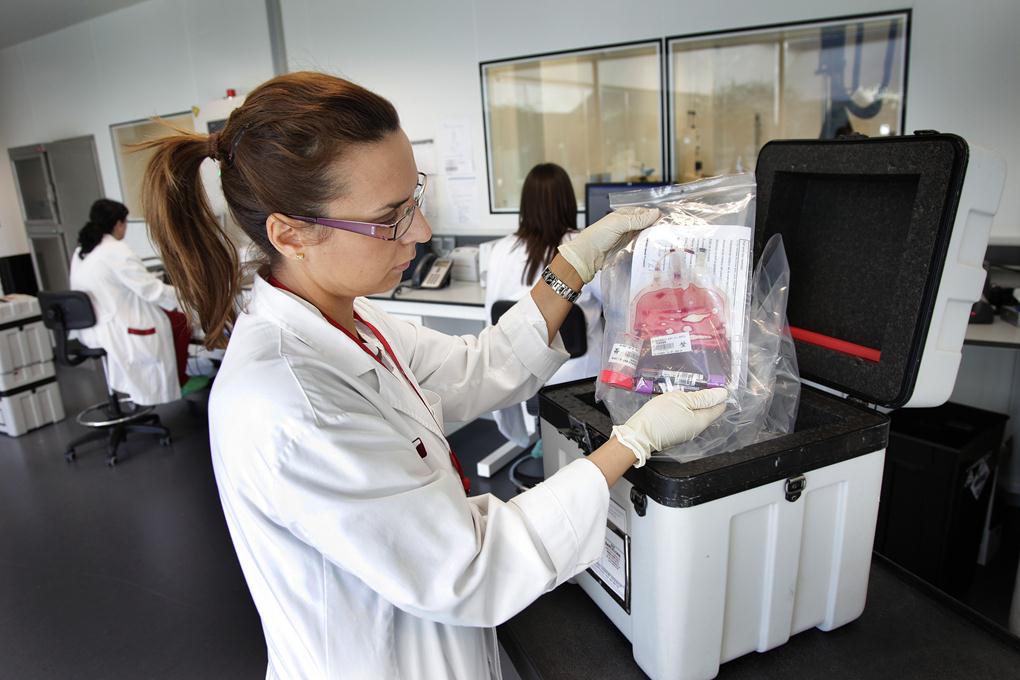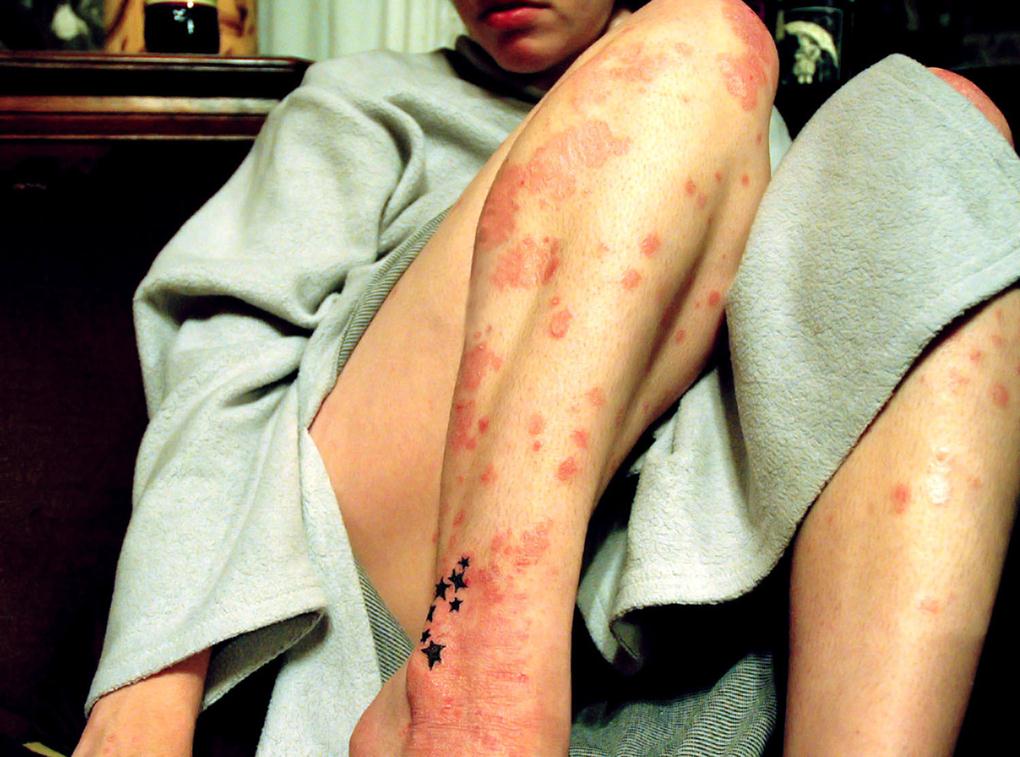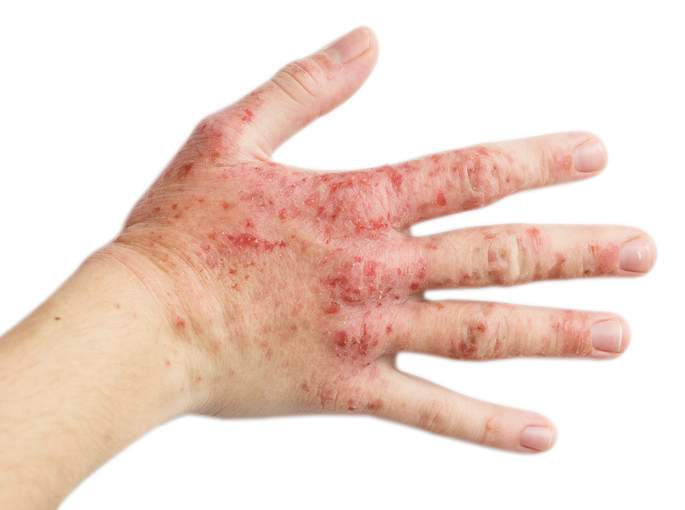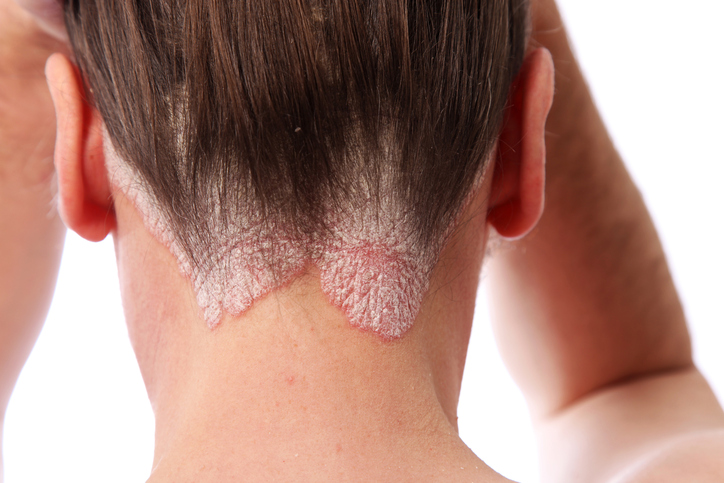Psoriasis
If you’re asking the question, “What is the treatment for itching skin?” There are many different types of skin rashes, and luckily many types of skin treatment for itching skin. Heat rash treatment, lotions, medication, and medicated creams are really useful. Luckily depending on the extent you may experience psoriasis, treatment options are available professionally, but there are also home remedies to soothe that itch and discomfort. It is also important to note that thickened or pitted nails or swollen joints are also symptoms for psoriasis. For starters, though you need to fix the red, itchy, skin that can be really dry, crack, and bleed. Psoriasis can range from small patches to covering large areas. It mainly flares up in cycles of weeks or months and then dies down, sometimes going into complete remission.
It’s is easy to think about psoriasis just as a “skin condition.” However, psoriasis actually begins underneath the skin. It is a skin condition which causes red, crusty, flaky patches of skin which are covered with silvery scales.
The patches usually appear on the elbows, lower back, knees and scalp but they can also appear anywhere on the body (it can even cause anal itching). Most individuals are only affected with small patches. In some instances, the patches mighty are sore or itchy.
Just like most chronic diseases, psoriasis is being associated with the other health conditions like psoriatic arthritis, cardiovascular diseases and Type 2 diabetes. The good news is the fact that there are several available treatment strategies and options that can help one to live well with the psoriasis condition. Here are the best psoriasis treatments.
Topical Treatments
Used alone, ointments and creams that you apply on the skin can be used to effectively treat mild as well as moderate psoriasis. When this disease is severe, creams are usually combined with light therapy or oral medications. The tropical psoriasis treatments include:
Topical corticosteroids. These are powerful anti-inflammatory drugs which are most frequently prescribed medications that are used to treat mild as well as moderate psoriasis. These drugs usually slow down cell turnover simply by suppressing one’s immune system. This in turn reduces inflammation while also relieving associated itching.
Vitamin D analogues. These are synthetic forms of vitamin D which slows down growth of skin cells. Dovonex (Calcipotriene) is a prescription solution or cream containing a vitamin D analogue which be used alone in treating mild and moderate psoriasis.
Anthralin. This is a medication which is believed to normalize the DNA activity within skin cells. Dritho-Scalp (Anthralin) can also remove scales thus making the skin to be smoother.
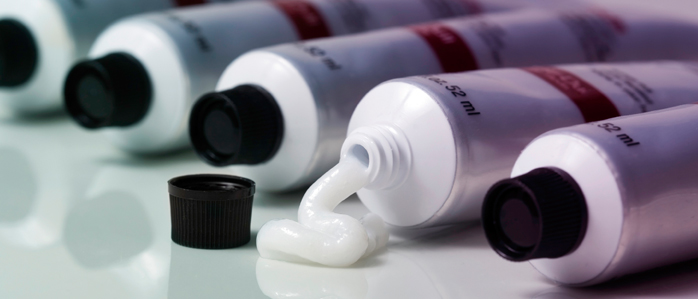
Source: National Eczema
Topical retinoids. This type of topical treatment is commonly used in treating acne and the sun-damaged skin. However, tazarotene (Tazorac, Avage) has been specifically developed for treatment of psoriasis. Just like the other vitamin A derivatives, tazarotene normalizes DNA activities in skin cells and might also decrease inflammation.
Creams for anal itching. These creams are specifically designed to relieve itching from the bottom region, whether it’s due to psoriasis, eczema, or another skin condition.
Light Therapy (Phototherapy)
Just as the name suggests, light therapy psoriasis treatment makes use of natural or even artificial ultraviolet light. The easiest and simplest form of phototherapy usually involves exposing the skin to a controlled amount of natural sunlight. Additional forms of light therapies include the use of artificial UVA (ultraviolet A) or (ultraviolet B) light either alone or even in combination with the other medications.
Sunlight
UV light refers to a wavelength of light which is in a range that is too short for human eyes to see. When exposed to these rays in artificial or sunlight light, activated T cells found in the skin usually die which slows down skin cell turnover while also reducing scaling and inflammation
UVB phototherapy
Controlled dosages of the UVB light from artificial light sources might improve mild as well as moderate psoriasis symptoms. UVB phototherapies, also known as broadband UVB, can be used in treating single patches, the widespread psoriasis as well as psoriasis which resists topical treatments.
Narrow band UVB therapies
A new type of psoriasis treatments, the narrow band UVB therapies might be more effective than the broadband UVB treatments. It is usually administered 2-3 times a week until when the skin improves.
Goeckerman therapies
Some doctors usually combine UVB treatments and coal tar treatments, also known known as Goeckerman treatment. The 2 therapies are together more effective than one alone since coal tar usually makes skin to be more receptive to the UVB light.

Source: Care About You Info
Oral Or Injected Medications
If you’ve severe psoriasis or it is resistant to the other types of treatments, your doctor might prescribe injected or oral drugs. Because of the severe side effects of these medications, some them are only used for brief periods and might be alternated with the other forms of treatments. These forms of medications include:
Retinoids: Related to vitamins A, this group of medications might reduce production of the skin cells in case you’ve severe psoriasis which does not respond to the other therapies.
: Usually taken orally, will help in treating psoriasis by decreasing production of the skin cells while suppressing inflammation.
: usually suppresses one’s immune system and it’s similar to . Like other immunosuppressant medications, usually increases one’s risk of infections and the other health problems such as cancer.
Types of Psoriasis
- Plaque psoriasis. This is what most people have: red, flaky, dry skin that itches and comes in blotches. They are usually painful and can arise anywhere on you body- genitals and inner mouth are common.
- Nail psoriasis. Fingernails and toenails are fair game here. Look for an increase in thickness, pitting, or strange discoloration. They may fall off as well. Or crumble off in severe cases.
- Scalp psoriasis. Psoriasis for the scalp presents in red, painful, itches blotchy areas that flake and can extend beyond the hairline in some cases. If you have flakes of dead skin coming off or on your shoulders from scratching your scalp it might be scalp psoriasis, which is somewhat similar to folliculitis but does not entail pus.
- Guttate psoriasis. Children and young adults are the largest target for this type of psoriasis. This usually occurs after the onset of a bacterial infection like strep throat. It presents as small sores on your abdomen, arms, legs or scalp. They usually aren’t as thick and large as plaque psoriasis. It might be a single outbreak that fades or it might be recurring.
- Inverse psoriasis. This shows up in the places of the body where skin overlaps each other. So armpits, groin, under the breasts, and around the genitals. This type of psoriasis presents in smoother patches of red skin but quite inflamed. It is aggravated by friction, sweating and can be triggered by fungal infections.
- Pustular psoriasis. This is less common but presents as widespread blotching or in small area places like hands, feet, fingertips. It develops at a rapid pace and pus-filled blistered pop up only a few hours after skin starts becoming red and tender. The blisters can fade and arise frequently. Generally, pustular psoriasis can induce fever, chills, severe itching or diarrhea.
- Erythrodermic psoriasis. This form is extremely rare. It can cover the entire body with an itchy, burning, red, flaky or peeling rash that is extremely painful.
- Psoriatic arthritis. This type of arthritis comes with all the same symptoms of plaque psoriasis- red, flaking, inflamed skin blotches- but with the addition of discolored pitted nails and painful swollen joints. This arthritis can affect any joint. It’s not as crippling as other kinds of arthritis can be but it causes stiffness and thus joint damage over time that can lead to serious deformity if the case is serious enough.
Know When To See A Doctor
If you have these symptoms, please contact your doctor to see what they think. Suggest psoriasis and they can look at it and perform tests. Let them know if:
- If the psoriasis progresses beyond just being annoying and is causing a lot of discomfort and pain.
- Impedes your daily life tasks
- The appearance of your skin is becoming severe
- You start feeling joint pain, swelling and can’t do your day
Don’t be afraid different combinations of treatments or medications and keep the doctor updated if your symptoms get worse or are not improving with the decided upon treatment.
Sourced from: Alot
Posted on May 22, 2023
